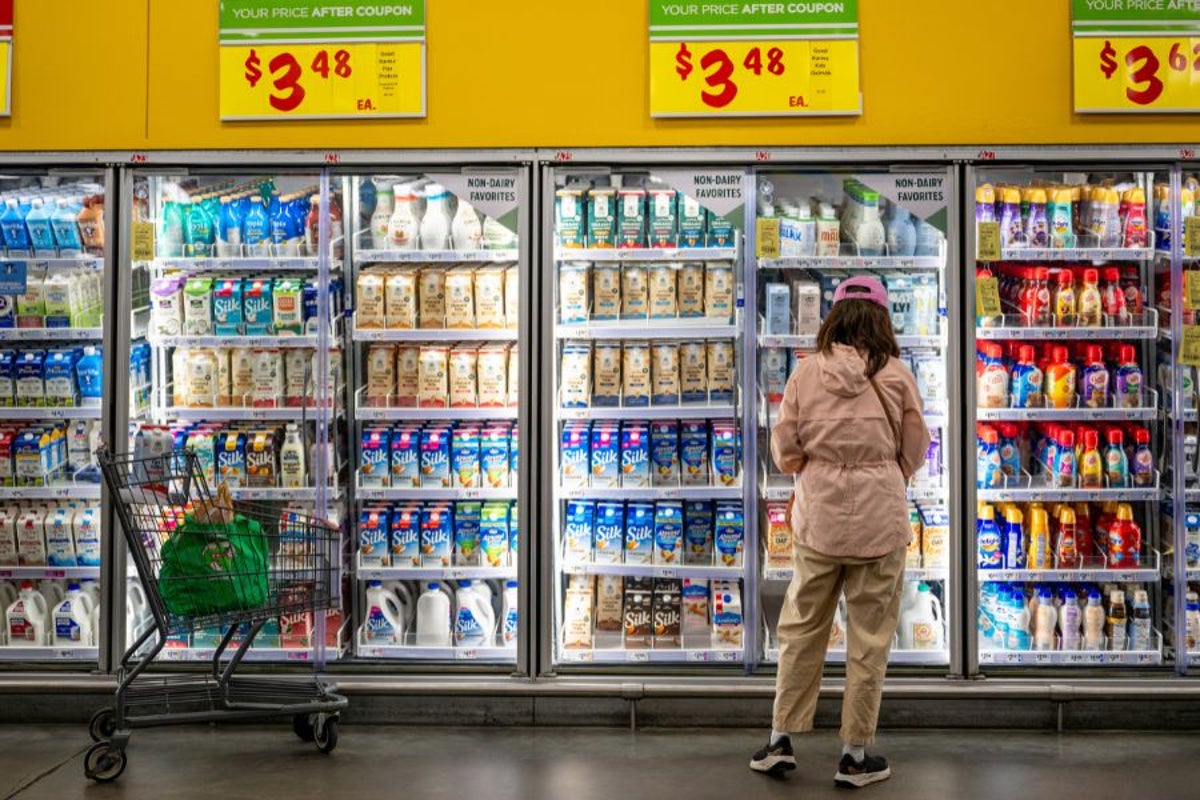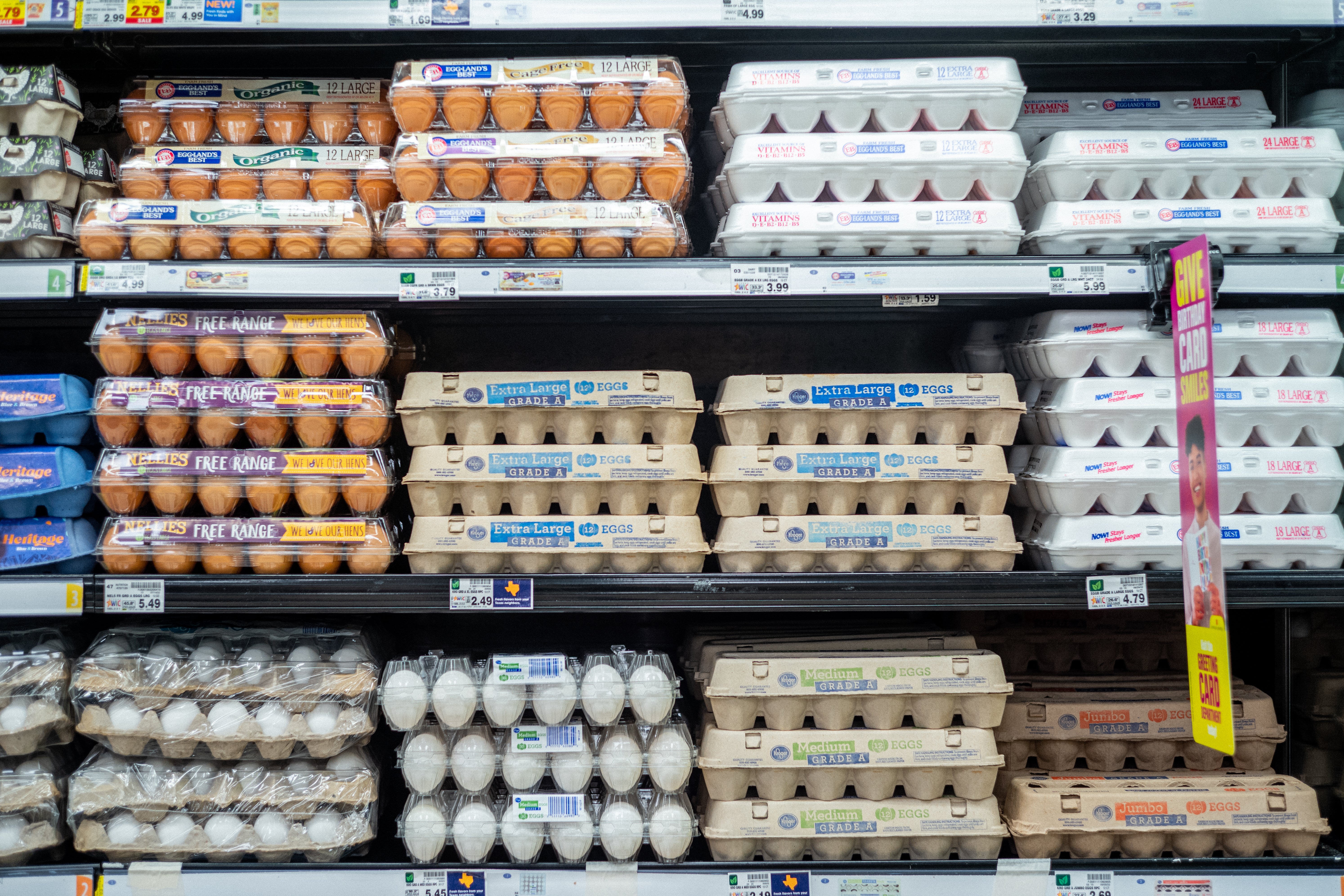Half of Americans say grocery prices cause daily stress

Over half of Americans are feeling significant financial strain when it comes to affording groceries, as prices continue to rise and shoppers are left looking for food deals.
An AP-NORC poll survey found that 53 percent of U.S. adults identify the cost of groceries as a major source of stress, more than any other common expense, including credit card debt, child care or student loans.
The data reflect a growing affordability crisis that has persisted despite President Donald Trump’s campaign promise to bring down food prices and his insistence that prices are down on “everything” since he took office. While the president has pointed to deregulation, tax cuts and fairer trade policies as solutions to ease the financial burden on American households, many families are still struggling with the basics.
According to the poll, 33 percent of respondents said grocery prices were a minor source of stress, while just 14 percent said they weren’t stressed by them at all. Other top stressors included the cost of housing (47 percent), personal savings and income (43 percent), and the cost of health care (42 percent).
The financial strain has pushed some Americans to turn to Buy Now, Pay Later services to make ends meet. About 14 percent of respondents reported using delayed payment options such as Klarna or Afterpay to purchase groceries. Others said they used such services for restaurant meals (11 percent), medical or dental care (17 percent), or entertainment expenses (14 percent).
.jpg)
Experts warn the problem could worsen due to changes in federal food assistance programs signed into law by Trump. Hunger relief organizations have been bracing for increased demand, with some leaders warning the system may not be able to meet the growing need.
Recent inflation data sheds light on the trend. Food prices in June were up 3 percent from the previous year, according to the latest Consumer Price Index report.
While inflation has slowed compared to earlier spikes, the cost of food remains well above pre-pandemic levels. The Department of Agriculture cites supply chain disruptions, the war in Ukraine, avian influenza outbreaks and climate change as key drivers of continued food price unpredictability.
Egg prices recently dropped for the third consecutive month, falling 10.8 percent from May to June. Despite this, egg prices in June were still 27.3 percent higher than a year earlier. Annual egg prices are expected to rise 24.6 percent in 2025 due to the ongoing effects of the avian flu outbreak that began in 2022.

Poultry prices climbed 0.9 percent from May to June and are 3.4 percent higher than last year. A 2.7 percent price increase is expected in 2025 due to demand and higher prices for other meats.
White House spokesperson Kush Desai defended the administration’s approach in a statement to Axios, saying, “President Trump is implementing the very same policy mix of deregulation, fairer trade, and pro-growth tax cuts at an even bigger scale — as these policies take effect, the best is yet to come.”
The AP-NORC poll was conducted from July 10 to 14, with a nationally representative sample of 1,437 adults. Interviews were conducted online and by phone. The margin of sampling error is plus or minus 3.6 percentage points.
[title_words_as_hashtags




